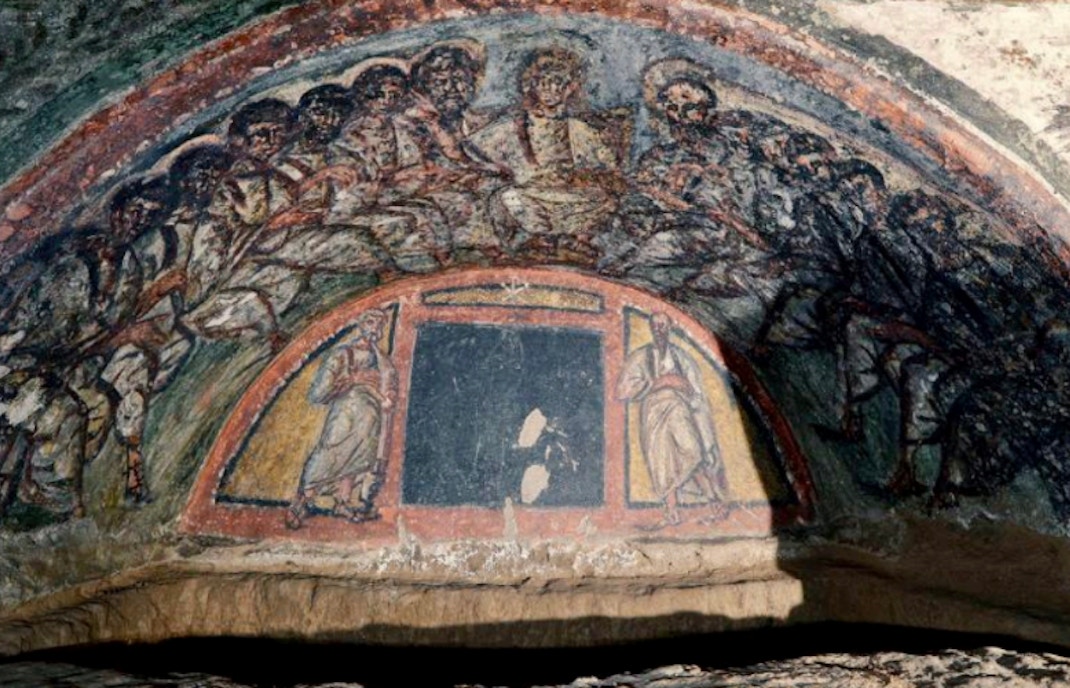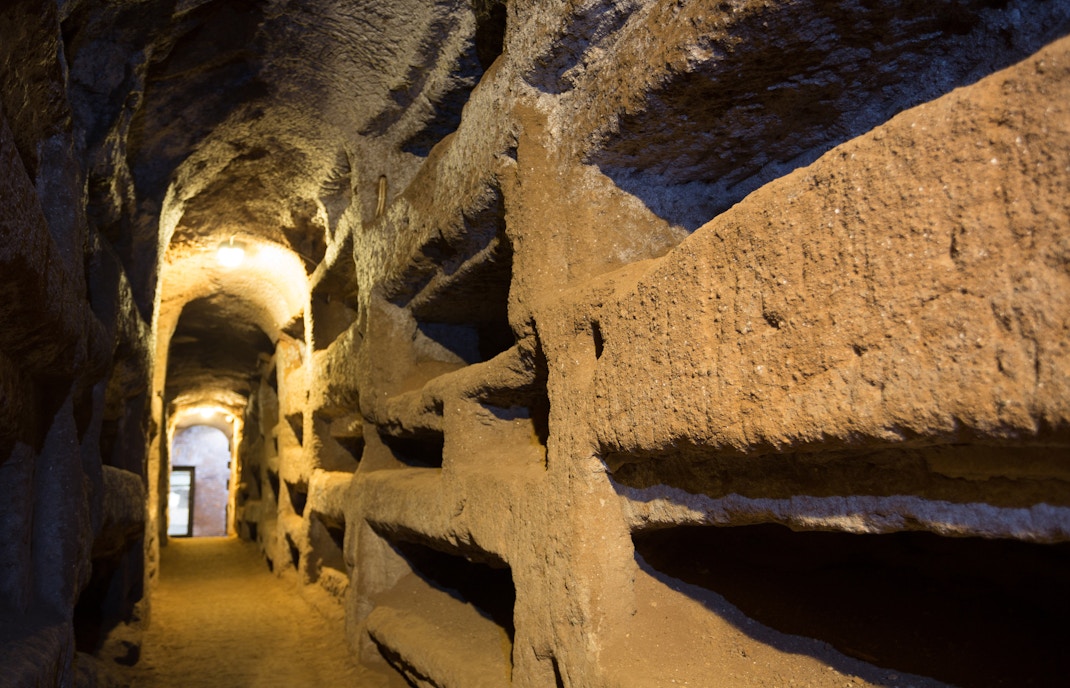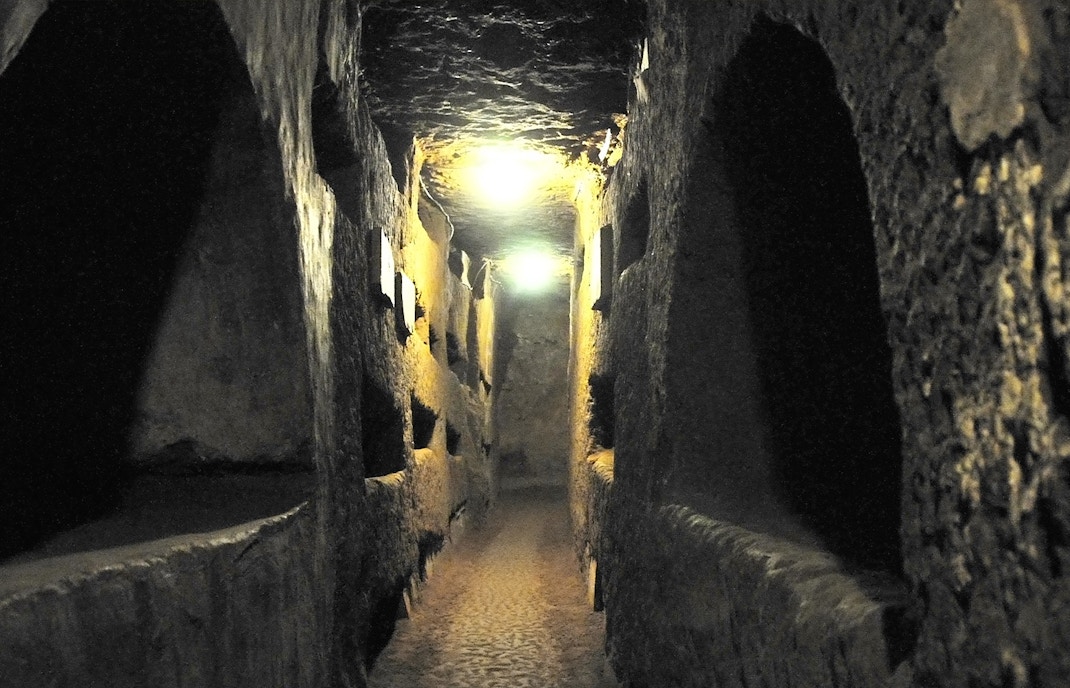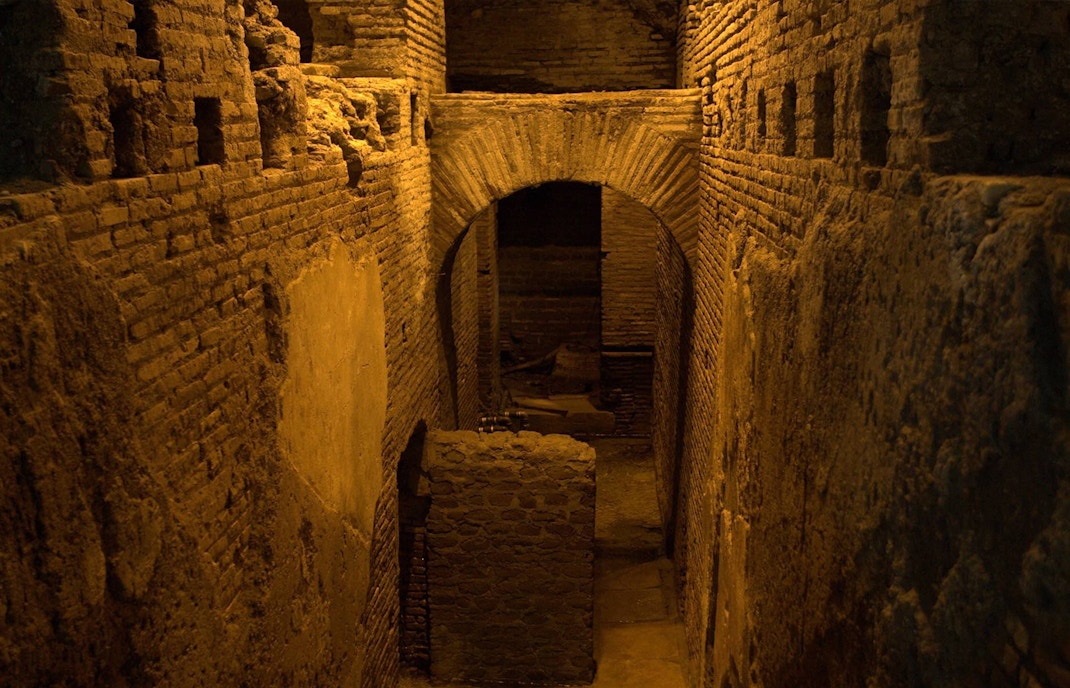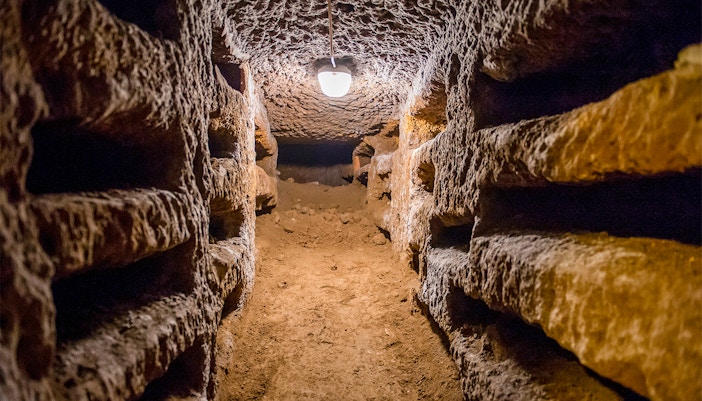- Historical significance: Named after the 3rd-century martyr Saint Agnes, these catacombs are a vital testament to early Christian burial practices.
- Time period: Originating in the late 2nd to early 3rd century AD, expanded during Pope Liberius’s reign (352-366 AD).
- Art & architecture: Features include frescoes, inscriptions, and Saint Agnes's tomb, with chambers carved into volcanic rock.
- Current use: Open for guided tours, showcasing its historical and religious importance.
- Accessibility: Not wheelchair accessible; narrow passages and steep stairs.
- Key features: Highlights include Saint Agnes's tomb, biblical frescoes, and relics within an adjoining ancient basilica.
Where are Catacombs of Saint Agnes located?
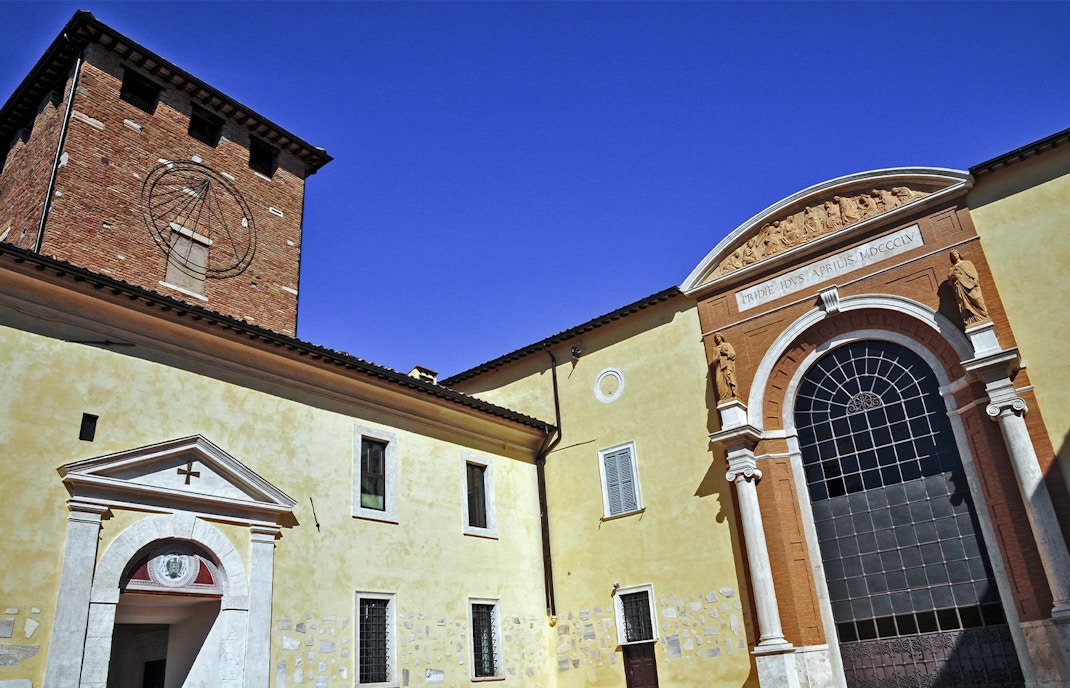
Address: Via Nomentana, 349, 00162 Rome, Italy.
The Catacombs of Saint Agnes is situated about two miles along the Via Nomentana, which is an ancient road in the city. The catacombs form part of a larger monumental complex known as Sant'Agnese fuori le mura, or Saint Agnes Outside the Walls. This area is located in the Quartiere Trieste, a district in the northern part of Rome.
- By bus: Take bus line 92 or 310. Both lines stop near the Catacombs. Check local schedules for the most convenient routes.
- By metro: Use Metro Line B1 (blue line) and get off at the S. Agnese / Annibaliano station. From there, it is about a 15-minute walk to the catacombs.
